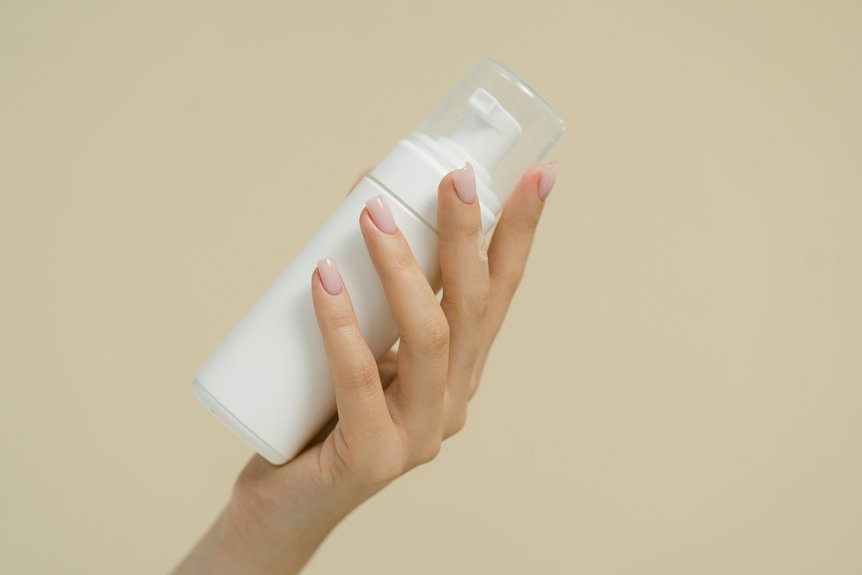Your product’s packaging is often the first thing customers notice, shaping their initial impression and influencing their decision to buy. A well-designed package not only catches the eye but also communicates your brand’s identity and quality. But with so many options out there, what really makes packaging stand out? Exploring this can reveal how effective design can turn a simple product into a market success.
How Packaging Shapes First Impressions
Have you ever judged a product just by its packaging? That quick impression often hinges on color psychology and material selection.
Bright, bold colors can evoke excitement or urgency, while softer tones suggest calmness and trust. The materials you choose—glossy, matte, or textured—also influence perceptions, signaling quality or eco-friendliness.
Well-designed packaging instantly communicates your brand’s message and sets expectations. It’s the first touchpoint that captures attention and sparks interest.
Incorporating prototypes into your packaging development can help visualize how these elements work together and test their effectiveness before production.
The Role of Design in Brand Identity
Design plays a crucial role in shaping your brand’s identity by visually conveying its values, personality, and unique qualities. Using color theory effectively helps you evoke specific emotions and associations that align with your brand message.
Your typography choices also communicate tone—bold fonts suggest strength, while script styles imply elegance. Consistent use of colors and fonts across packaging creates recognition and trust, reinforcing your brand’s image.
When you intentionally select design elements that reflect your core identity, you make it easier for consumers to connect with and remember your brand, ultimately strengthening your market presence.
Impact on Consumer Purchasing Decisions
How much influence does packaging design have on your decision to buy a product? It often comes down to shelf presence—you notice products that stand out with eye-catching, well-designed packaging. This immediate visual impact grabs your attention and signals quality.
Additionally, packaging fosters consumer trust; a professional, consistent look reassures you that the product is reliable and worth trying. When design aligns with your expectations, you’re more likely to choose that product over competitors.
Ultimately, effective packaging not only attracts your eye but also builds confidence, making it a vital factor in your purchasing decision.
Differentiating Your Product in a Crowded Market
Standing out in a crowded market requires more than just a good product; your packaging must grab attention quickly and convey what makes your offering unique. Use innovative materials that reflect quality and originality, helping your product stand apart.
Eco-friendly solutions not only appeal to environmentally conscious consumers but also demonstrate your commitment to sustainability.
Bright colors, bold graphics, and unique shapes can further differentiate your packaging at the shelf.
Enhancing Functionality and User Experience
To truly enhance your product’s appeal, focus on creating packaging that’s both functional and user-friendly. Incorporate ergonomic considerations to guarantee your packaging is easy to open, handle, and reseal, improving the overall user experience.
Material sustainability plays an essential role, so choose eco-friendly materials that reduce environmental impact without sacrificing durability. Thoughtful design can prevent frustration and make your product more accessible.
Prioritizing functionality and user convenience not only boosts customer satisfaction but also demonstrates your commitment to responsible practices, ultimately fostering loyalty.
Well-designed packaging that considers these elements helps your product stand out and succeed in competitive markets.
The Influence of Packaging on Perceived Value
The packaging you choose can considerably shape customers’ perceptions of your product’s quality and value. An engaging unboxing experience can elevate how your product is viewed, making it feel more premium or special.
Incorporating sustainability considerations, like eco-friendly materials, shows your commitment to environmental responsibility, which adds to perceived value. Customers increasingly associate well-designed, sustainable packaging with quality and trustworthiness.
When your packaging aligns with their values, they’re more likely to see your product as worth its price. Ultimately, thoughtful packaging influences first impressions and enhances perceived value, encouraging repeat business and positive word-of-mouth.
Strategies for Creating Effective Packaging Designs
Creating effective packaging designs requires a strategic approach that captures attention and communicates your brand’s message clearly. Focus on using sustainable materials to appeal to eco-conscious consumers and demonstrate your commitment to environmental responsibility.
Embrace minimalist aesthetics to create clean, uncluttered designs that stand out on crowded shelves. Keep your visuals simple yet impactful, emphasizing key product features and brand identity.
Balance aesthetics with functionality, ensuring your packaging protects the product while remaining easy to open. By combining sustainability with minimalist design principles, you create packaging that resonates with consumers and enhances your product’s overall success.
Conclusion
In the end, great packaging design is essential for your product’s success. It grabs attention, builds your brand identity, and influences purchasing decisions. By creating attractive, functional, and sustainable packaging, you can stand out on crowded shelves and foster customer loyalty. Remember, your packaging is your first impression—make it count. Invest in thoughtful design, and you’ll see your product thrive in the marketplace. To learn more on how to bring your idea or invention to market, visit us online at Inventors IPO.

